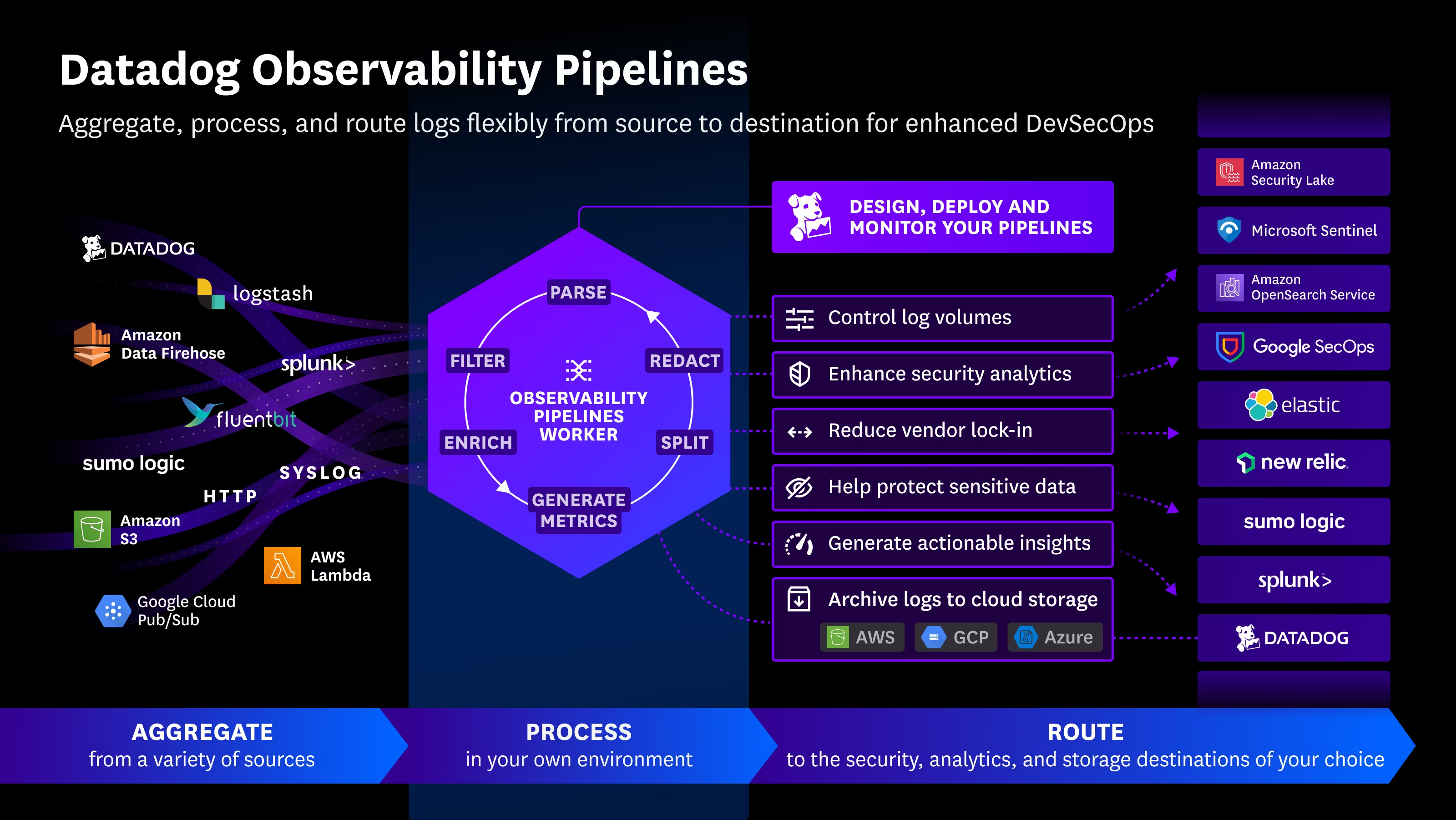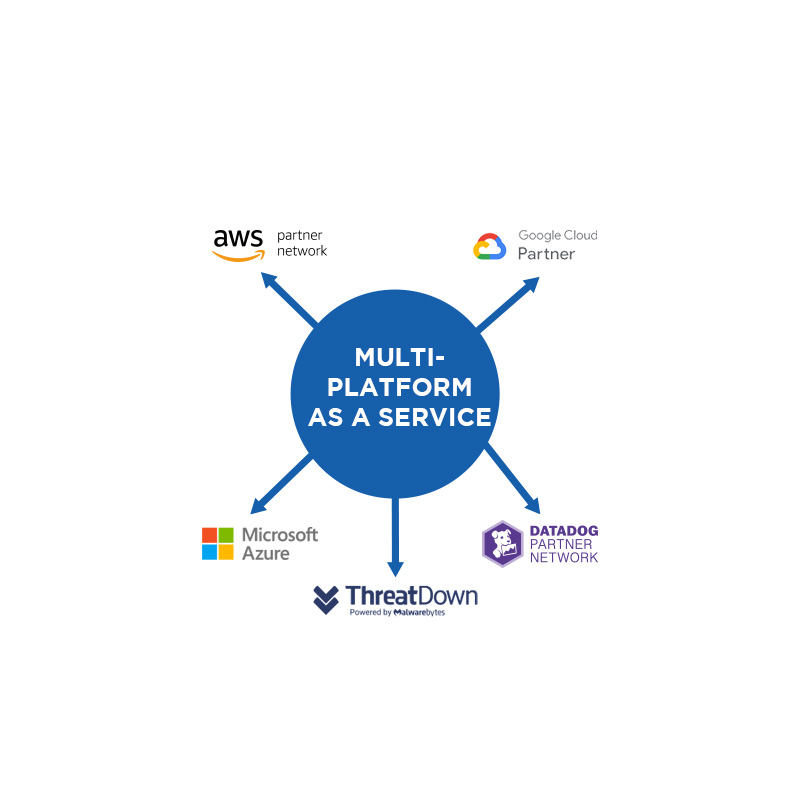Fraud activity across the Middle East, Turkey, and Africa (META) is entering a new phase of sophistication. Recent research from Group-IB reveals that mule operators—once reliant on basic anonymity tools—are now orchestrating multi-layered fraud schemes that merge digital deception with physical logistics, significantly raising the stakes for financial institutions.
From VPNs to Advanced Evasion Techniques
Only two years ago, mule networks depended heavily on simple VPNs and proxy services to disguise their geolocation. As banks strengthened their defenses with regulatory checks and IP reputation monitoring, these outdated methods quickly lost effectiveness.
By 2023, criminals had pivoted to roaming SIM cards, Starlink satellite connections, and GPS spoofing, allowing them to bypass geolocation controls in regional banking systems. This marked the beginning of a more resilient and evasive fraud infrastructure.
Expansion Through Stolen Identities and Synthetic Accounts
One of the largest groups, reportedly operating between Syria and Turkey, demonstrated just how sophisticated these schemes have become. By combining stolen identities, eSIM technology, and GPS manipulation, the group successfully opened hundreds of fraudulent bank accounts. Investigations later revealed connections between these accounts and extremist financing operations.
As the Group-IB report notes: “Fraud leaves patterns. With the right telemetry, even complex schemes can be disrupted.”
Evolving to Multi-Layer Fraud Models
By mid-2024, mule operators began systematically removing SIM cards from devices to evade detection tied to telecom fingerprints. At the same time, networks developed a tiered mule structure:
- First-layer mules opened bank accounts legitimately and built trust by behaving like ordinary customers.
- These accounts were then handed over to offshore operators, who managed large-scale laundering activities.
To avoid suspicion, fraud groups increasingly framed these activities as legitimate business partnerships, using official-looking contracts, reimbursement schemes, and corporate-style narratives.
The Rise of Physical Device Muling
In early 2025, a new dimension emerged: device muling. Instead of transferring login credentials, fraudsters began shipping pre-configured smartphones across borders. This tactic preserved consistent device fingerprints, making the fraud harder to detect.
However, behavioral biometrics proved to be a powerful countermeasure. Group-IB researchers identified discrepancies in swipe speed, typing rhythm, and transaction patterns, exposing when accounts had been passed to new operators.
Human Manipulation and Sequential Victimization
Another alarming trend involves multi-victim fraud chains. For example:
- Victim A is deceived into transferring funds to Victim B.
- Victim B, unaware of the scheme, is then manipulated into forwarding the money, effectively acting as an unknowing mule.
This layered manipulation highlights how fraud now blends human psychology, logistics, and digital tactics.
Key Recommendations for Financial Institutions
To combat these evolving threats, Group-IB advises banks and fintech organizations to implement multi-layered fraud defenses, including:
- Integrated detection systems combining IP, GPS, SIM, and behavioral signals.
- AI-driven anomaly detection and intelligence sharing across institutions.
- Enhanced KYC (Know Your Customer) protocols, supported by video verification, to block synthetic identities.
- Graph-based analytics to uncover hidden mule networks and transactional links.
Conclusion: Fraud Is No Longer Purely Digital
The META region’s mule operations underscore a broader truth: fraud has expanded beyond the digital realm into human recruitment, logistics, and even artificial intelligence. With the rise of deepfakes and synthetic documents, detecting and dismantling mule networks will only grow more complex.
For organizations in finance and cybersecurity, staying ahead requires continuous monitoring, advanced behavioral analysis, and collaborative intelligence sharing. The fight against fraud is no longer about spotting isolated anomalies—it’s about dismantling entire ecosystems.
Source: https://www.infosecurity-magazine.com/news/mule-operators-meta-advanced-fraud

 Español
Español













